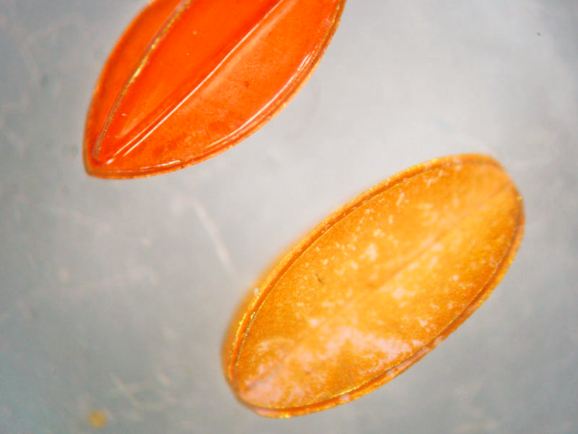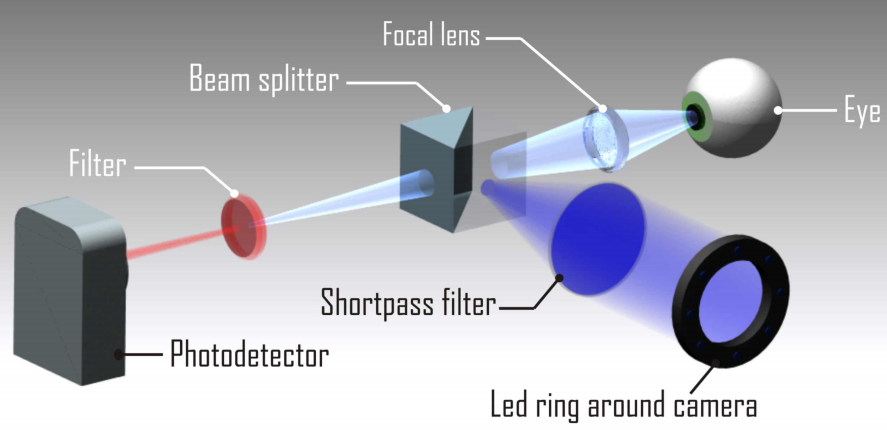Oxygen-sensing ‘microrobots’
May 14, 2013

A “microrobot” to measure the eye’s oxygen supply (credit: Ergeneman O. et al./IEEE Transactions on Biomedical Engineering)
Researchers of the robotics lab at ETH Zurich have developed what ETH calls a “microrobot” (actually, a coated magnetic particle with no onboard intelligence) that can be used to measure the retina’s oxygen supply.
An insufficient supply of oxygen can cause blindness. Glaucoma is only one of several diseases that can decrease the oxygen supply to the retina, sometimes within mere hours.
To make a fast and correct diagnosis, physicians need to be able to assess oxygen levels within the eye. But currently available tools are not very sensitive.
Measuring just 1 mm in length and 1/3 mm in diameter, the microparticle could be guided through the vitreous (fluid) material of the eye by external magnetic fields. A fluorescent dye on its surface emits fluorescence that fades gradually. The more oxygen is present, the faster it fades.

Setup for detecting oxygen (credit: Ergeneman O. et al./IEEE Transactions on Biomedical Engineering)
In theory, ophthalmologists could inject the microparticle with a syringe, steer it into the correct position using magnetic fields, and microscopically measure the fluorescence through the pupil. It could be easily removed the same way is was.introduced.
The disadvantage of the method is that it is slightly invasive, so it entails a risk of infection. Other tools newly on the market are non-invasive, but less sensitive in measuring oxygen. A combination of such tools might work, the researchers suggest.